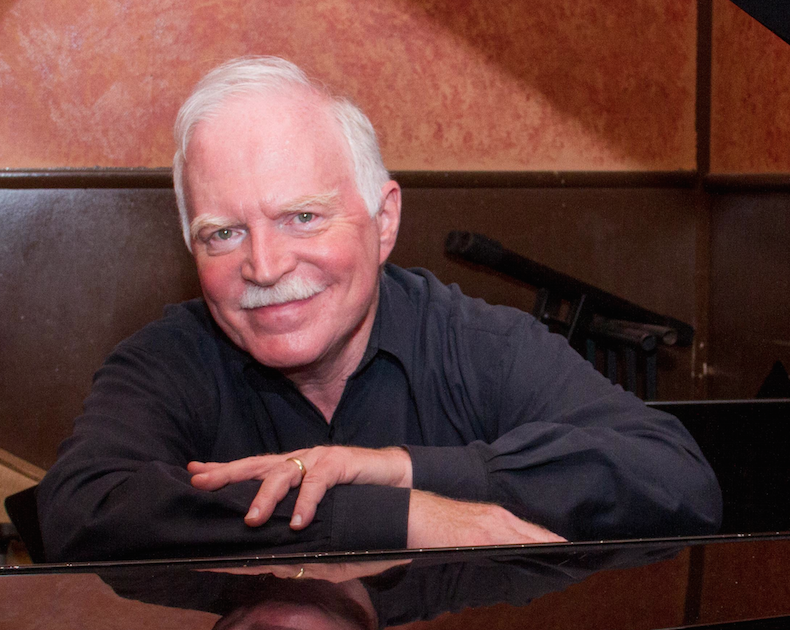Roger Davidson was the son of a French mother, and an American father. He was born in Paris in 1952. When he was one year old, his family moved to New York. At four years old, he began playing the piano by himself and took violin lessons at eight. He said, “All I did was play the piano.” He reflects on the fact that there was no TV in his home. He reminisces, “Two things that I did as a child for entertainment were: I climbed up on the piano bench and played, as well as reading about cars, a hobby that I still have.” Davidson also learned how to improvise, a skill that has helped him become a great jazz pianist. However, he said that he had to take piano lessons at graduate school to learn repertoire. He studied with David Del Tredici, Theodore Antoniou, and earned a master’s in composition in 1980. Sidney Beck, an early baroque music scholar, was his mentor after he graduated. Davidson enrolled at Westminster Choir College in Princeton, New Jersey, at his own suggestion. Davidson says, “I didn’t plan to pursue choral conductorship.” “I was already an orchestral director. While I was still a student, I had already started a Boston community orchestra. They didn’t have a Westminster composition program at that time.” But, while at Westminster, he began to write choral music. This soon blossomed into a personal mission. “I knew from the beginning that all choral music that I would write needed to convey a message of unity, aspiration, and inclusion for all people. He explains that this was not about any one faith. He explains that this was not about one faith. After graduation, Davidson spent a year in Germany studying voice and teaching improvisation at The Lichtenberger Institut (near Darmstadt). He returned to New York and reconnected unexpectedly with Helen Keane (longtime manager of pianist Bill Evans) Davidson had known Keane as a child. She was the mother and best friend of a schoolmate. Keane not only gave Davidson his first Evans album but also showed him a different world. “She took me, her son, and 10 to 11-year-old me to recording sessions. I can recall hearing Woody Herman and Jo Mapes, a folk singer. Helen was also producing folk musicians at the time.” They lost touch, but Keane went to Davidson’s concert in 1987. After the concert, she came up to Keane and said “Nice to meet you again.” You were great. What about jazz ?’,”? Davidson says. Davidson says, “Actually I had been listening to jazz since childhood.” I loved rhythm and improvisation. “I didn’t believe I knew enough.” Keane had attended Stanford Jazz Workshop, Stanford University, CA twice before Keane returned to his life. He was there in 1983 when Stan Getz was the main teacher and 1984 when Dizzy Gillespie was the leader. Keane introduced Davidson and Dave Ratajczak to David Finck, bassist, and drummer, respectively. “It was like awakening a part that wasn’t fully awake,” Keane said. “I had learned by improvising, and jazz is the best music vehicle for that,” Keane said. The informal sessions eventually led to a recording. It was a “trial run,” Davidson recalls. However, the 11 tracks that were recorded in 1991 were eventually released by Soundbrush Records, which Davidson started in 1997. The name refers to the original idea of documenting projects that involved visual arts and music. Soundbrush has expanded in both breadth and depth over the years. As the label’s main performer, producer, and A.I.
